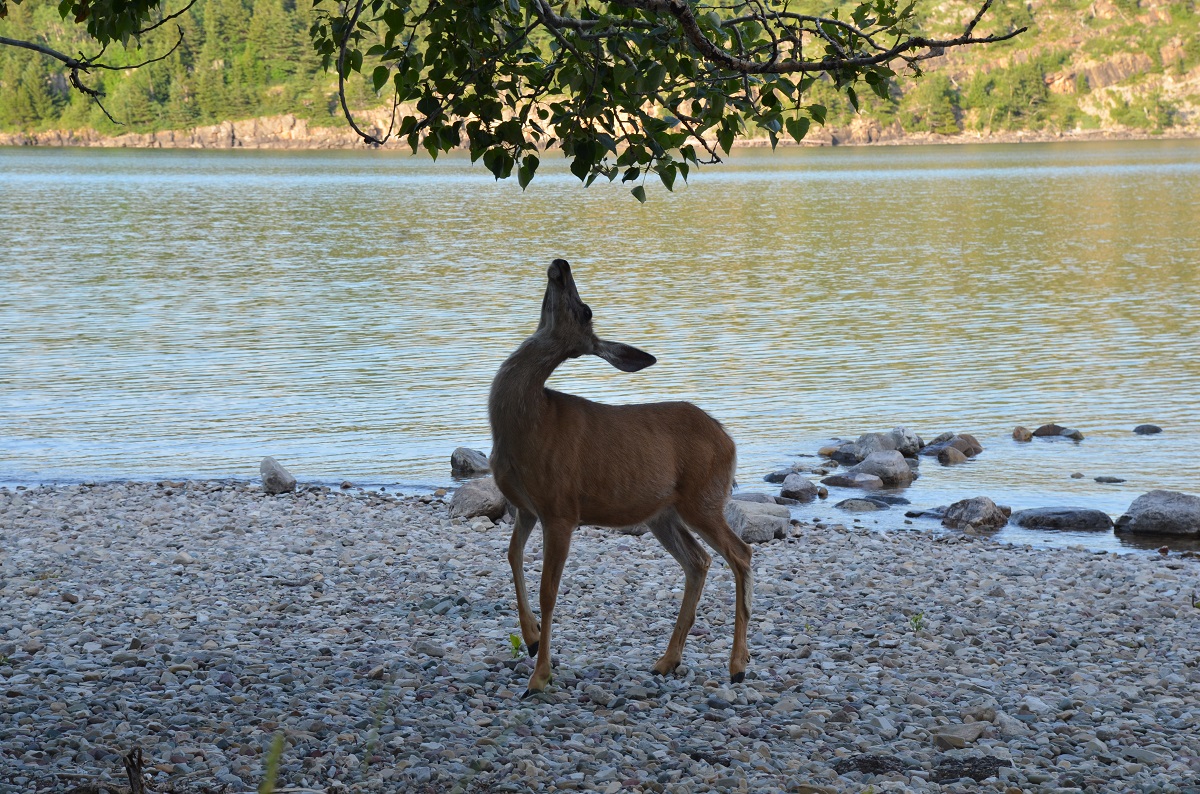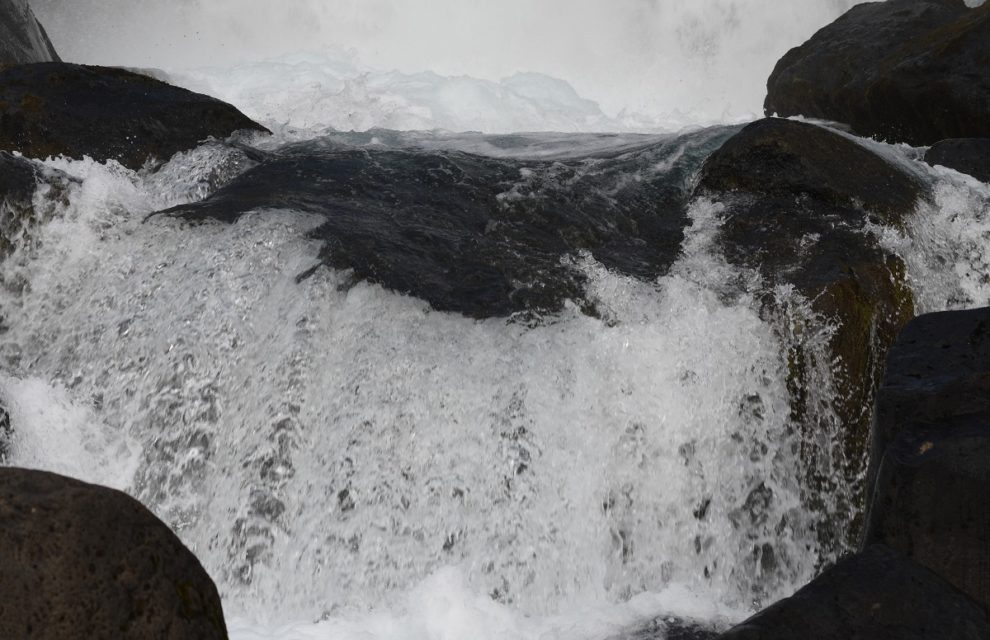The other day, I mentioned the tundra zone, above treeline, which I periodically reach on hikes in New England and upstate New York.
While filming The Blinding Sea, I often got into the tundra zone, in Alaska, the Yukon, Nunavut, the Northwest Territories, and Norway. I also filmed in the taiga zone, or boreal forest, and of course at sea.
One of the benefits above the treeline is the joy of discovering a fresh new world, like the waterfall at the top of this blog. The tundra is snow- and ice-bound for much of the year, so the sudden gushing of water in Spring comes like a miracle.
In the tundra and taiga zones, one finds fruit-bearing bushes and perennial flowering plants, from juniper (Cupressaceae, from the Cypress family) to blueberries (Vaccinium sect. Cyanococcus) and mountain cranberries (Vaccinium vitis-idaea). Berry-picking is a major family activity in many parts of Nunavut, Quebec and Labrador.
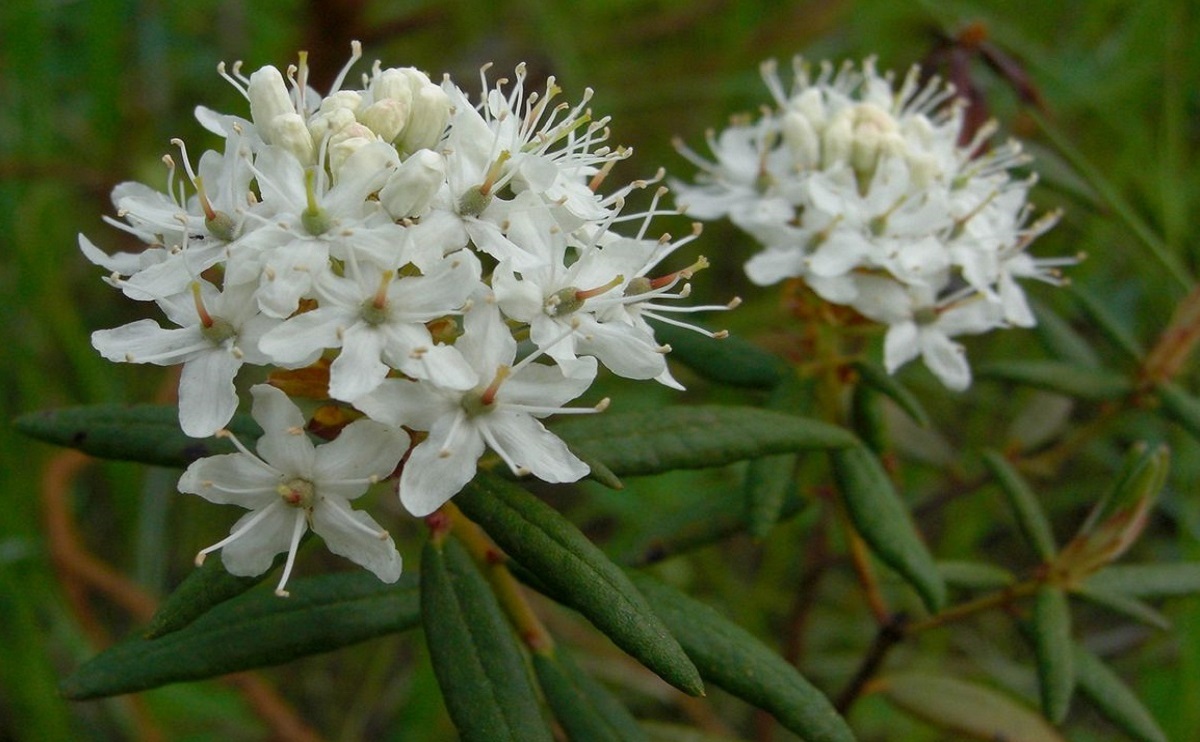
A plant frequently encountered, whether in bogs at the base of the mountain or in the tundra zone above treeline, is Labrador tea (Rhododendron groenlandicum). The leaves can be dried and used in an infusion or tisane. This plant tastes a bit like rosemary, and is rich in Vitamin C.
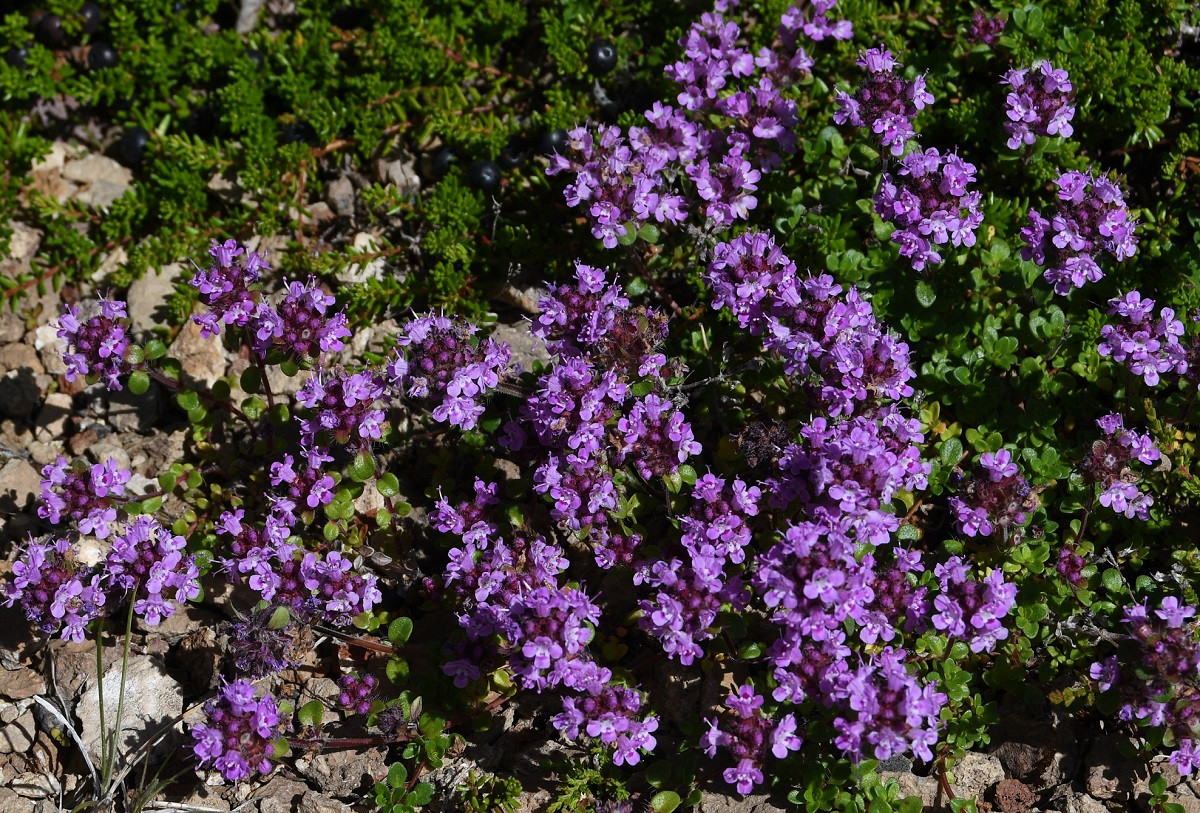
The tundra flower that makes the biggest impression on me, though, is saxifrage, which comes in many varieties. My favourite is purple saxifrage (Saxifraga oppositifolia). I have occasionally seen scurvygrass (Cochlearia groenlandica) as well. Both of these plants are antiscorbutics.
The medicinal properties of the tundra and taiga plants I mention here are well-known, as antiseptics, antibacterials, antifungals, and for their anti-inflammatory and antioxydant effects. But some species of juniper are toxic. Overall it takes an expert, so it is better not to guess which plants are safe to consume…. Besides, park rangers do not want hikers eating up all the plants in the fragile ecosystem above treeline. These plants grow slowly, at high elevations.
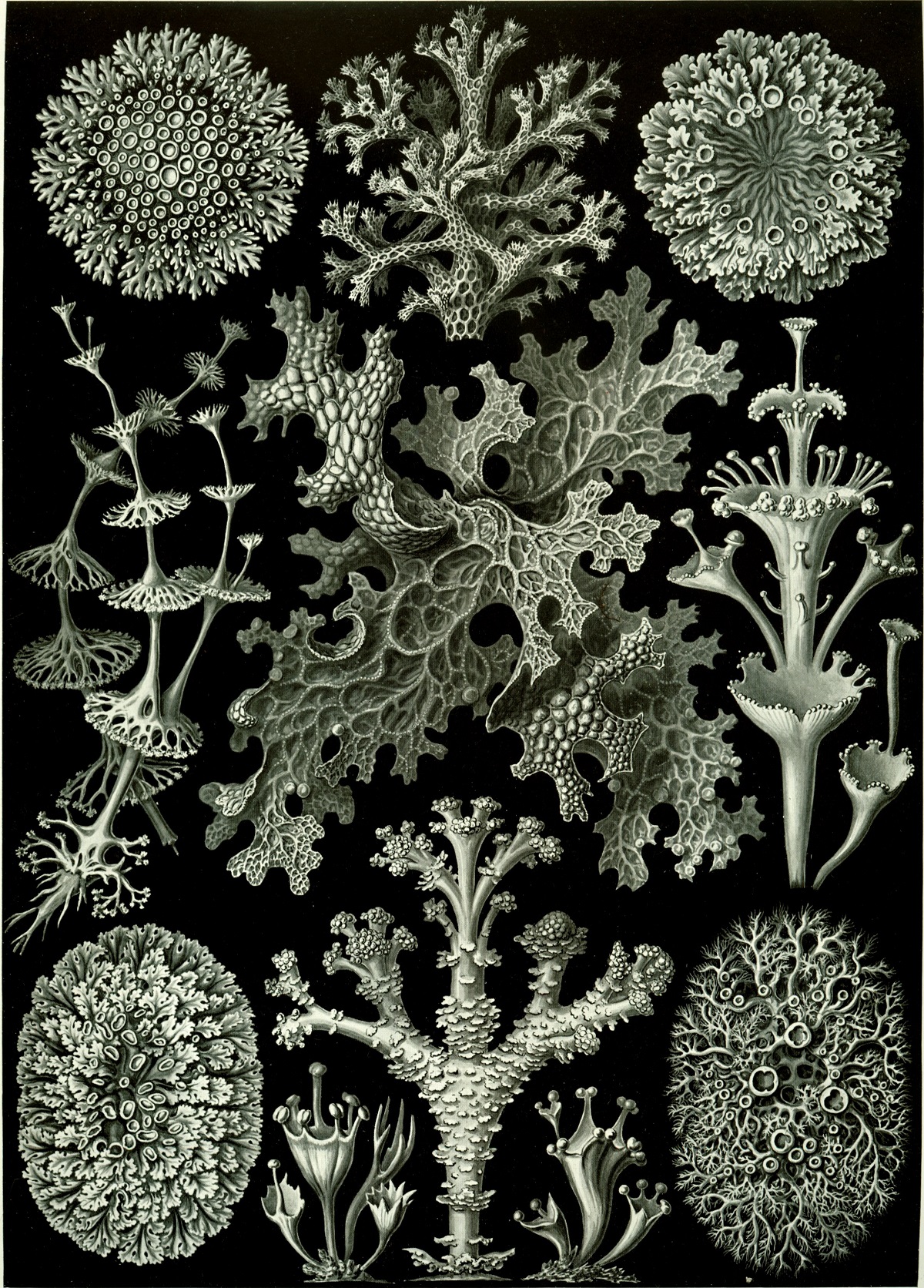
Above treeline, one also encounters different kinds of lichen on rocks, from ring lichen to reindeer lichen to tripe de roche or rock tripe (the genus Umbilicaria). I have seen charcoal-grey rock tripe at the top of Mount Mansfield, in Vermont. Unbelievable to consider this humble composite organism, arising from algae or cyanobacteria living among filaments of fungus, got George Washington and his men through the winter at Valley Forge in 1777, and Sir John Franklin through his winters in the Barrens of northern Canada in the early 1820s. Rock tripe is rich in calories, but hard for humans to digest. Franklin also ate his boots….
Hiking in the wilderness offers a whole new perspective. Instead of racing from one thought to the next, the ever-shifting mind quietens down. A new rhythm sets in. It is time to watch other species go about their daily business, like this doe I photographed in Waterton Lakes National Park, just about to stand up on her hind legs to eat leaves from a tree.
